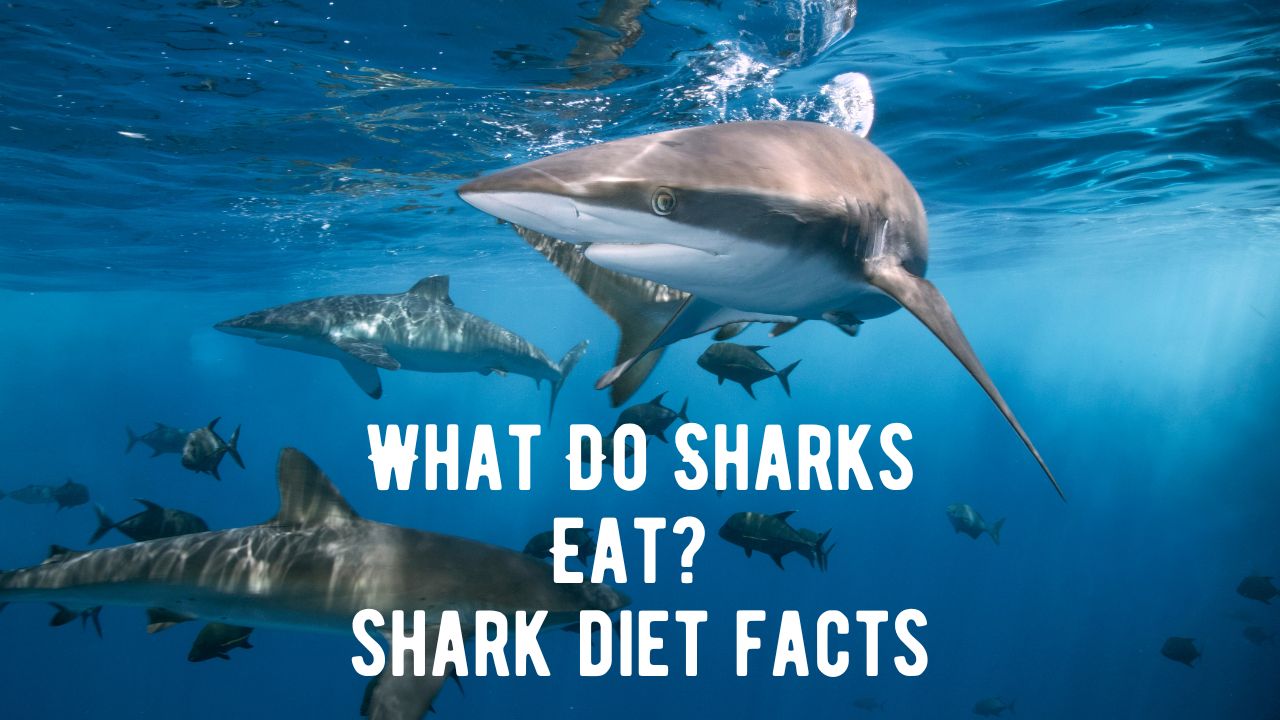
Sharks, as apex predators of the ocean, boast a diverse and fascinating array of dietary preferences. From small fish to marine mammals, sharks have adapted to consume a wide range of prey. In this extensive article, we will delve into the intricacies of the shark diet, exploring the various types of animals that sharks feed on, the adaptations that make them formidable hunters, and the ecological significance of their role in marine ecosystems.
The Generalist Predators: Fish Feeding
1. Small Fish:
- Many shark species are opportunistic feeders, preying on smaller fish that inhabit their oceanic territories.
- Examples include sardines, mackerel, herring, and anchovies.
2. Schooling Behavior:
- Sharks often target schools of fish, utilizing their speed and agility to navigate through densely packed shoals.
- This feeding strategy allows sharks to efficiently capture multiple prey in a single pursuit.
3. Tuna and Bonito:
- Larger shark species, such as the Mako shark, are known to pursue fast-swimming fish like tuna and bonito.
- These high-energy prey provide a substantial nutritional source.
Bottom Dwellers: Rays and Skates
1. Batoids:
- Bottom-dwelling sharks, including species like the Nurse shark, feed on batoids, a group that includes rays and skates.
- Their flattened bodies make them ideal prey for sharks hunting along the ocean floor.
2. Crushing Adaptations:
- Sharks that prey on batoids often have specialized teeth for crushing the tough cartilage and shells of their prey.
- This adaptation enables efficient consumption of bottom-dwelling organisms.
The Art of Ambush: Seals and Sea Lions
1. Pinnipeds:
- Larger sharks, including the infamous Great White shark, are known to prey on seals and sea lions.
- These marine mammals are often hunted near coastal areas where they gather.
2. Ambush Hunting:
- Great Whites employ stealth and speed in ambush attacks, breaching the water’s surface to surprise their prey.
- This feeding behavior is a testament to the adaptability of sharks in targeting diverse prey.
Squid and Cephalopods
1. Squid:
- Some shark species, such as the Blue shark, incorporate squid into their diet.
- The soft bodies of squid provide a different nutritional profile compared to bony fish.
2. Cephalopod Adaptations:
- Sharks targeting cephalopods may have specialized teeth for grasping and holding onto these slippery prey.
- The ability to feed on a variety of prey contributes to the ecological success of these sharks.
Cannibalistic Tendencies
1. Intra-Specific Predation:
- Some shark species exhibit cannibalistic behavior, preying on smaller or vulnerable members of their own species.
- Intra-specific predation may occur in crowded environments or when resources are limited.
2. Size and Age Dynamics:
- Cannibalism is often influenced by size and age dynamics, with larger individuals targeting smaller conspecifics.
- This behavior plays a role in shaping shark populations and maintaining ecological balance.
Filter Feeding: The Basking Shark
1. Plankton Consumption:
- The Basking shark, in contrast to many predatory sharks, is a filter feeder.
- It swims with its mouth open, filtering plankton and small fish from the water.
2. Gill Raker Adaptations:
- Basking sharks have extensive gill rakers that filter out small organisms, showcasing the diversity of feeding adaptations among sharks.
Feeding Strategies Employed by Sharks
Ambush Predators
Some sharks, like the great white shark, are known as ambush predators. They utilize stealth and surprise to approach their prey from below, launching powerful attacks to incapacitate their victims. This strategy is effective against seals, sea lions, and larger fish.
Filter Feeders
Not all sharks are aggressive hunters. Whale sharks, for instance, are filter feeders. They open their enormous mouths to engulf large volumes of water, filtering out plankton, small fish, and other microscopic organisms through their gill rakers.
Bottom Feeders
Certain species, like nurse sharks, are bottom feeders. They forage along the ocean floor, using their sensory barbels to detect prey hidden in the sand or crevices. This adaptation allows them to consume a variety of crustaceans and small fish.
Ecological Significance of Shark Diets
1. Top-Down Control:
- Sharks play a crucial role in maintaining the health of marine ecosystems by exerting top-down control on prey populations.
- Their presence regulates the abundance and behavior of various marine species.
2. Biodiversity Maintenance:
- By targeting different prey items, sharks contribute to the maintenance of biodiversity in the oceans.
- This biodiversity is essential for the overall health and resilience of marine ecosystems.
Human Impact on Shark Diets
1. Overfishing and Depletion:
- Overfishing poses a significant threat to shark populations and disrupts the balance of marine food webs.
- Depleted shark populations can have cascading effects on prey populations and overall ecosystem health.
2. Shark Finning:
- The practice of shark finning, driven by the demand for shark fin soup, has severe consequences for shark populations.
- Removing sharks from the ecosystem disrupts natural predation patterns.
Conservation Strategies
1. Sustainable Fishing Practices:
- Implementing sustainable fishing practices, including shark-specific regulations, helps conserve shark populations and their diverse diets.
- Bycatch reduction and responsible fisheries management are crucial components of conservation.
2. Marine Protected Areas:
- Establishing marine protected areas (MPAs) helps safeguard critical habitats and provides refuges for shark populations to thrive.
- MPAs contribute to maintaining natural feeding behaviors and ecological interactions.
Conclusion
In conclusion, the diet of sharks is a testament to their adaptability and ecological significance. From small fish to marine mammals, sharks have evolved to consume a diverse array of prey, contributing to the balance and health of marine ecosystems.
Understanding the intricacies of shark diets is essential for conservation efforts, as human activities continue to impact these apex predators and the delicate web of life in the oceans. As we navigate the complexities of coexisting with sharks, the preservation of their diverse diets becomes a key element in ensuring the vitality and sustainability of our oceans.






